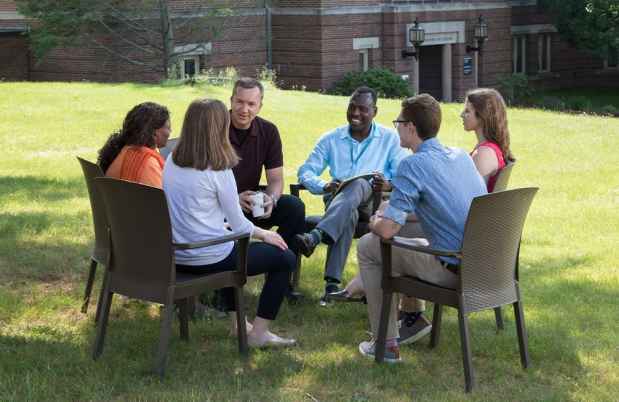Perhaps one of the most misused words in modern society, “trauma” is used in daily language to describe all sorts of unpleasant or uncomfortable situations.
But for 5-10% of the population, trauma and the accompanying post-traumatic stress disorder (PTSD) is a very precise condition with very real impacts on daily life. And that precision is what also makes it one of the best understood psychiatric conditions and one with the best potential for effective treatments.
“A trauma is an event that is sufficiently severe that it can cause death, that you think you’re going to die, you lose a limb, or you see somebody die,” said Kerry J. Ressler, MD, PhD, chief scientific officer and chief of the Division of Depression and Anxiety Disorders at McLean Hospital.
The Challenges of Trauma and PTSD Research
“What is exciting about it, from a scientific perspective, is that on the one hand we don’t understand a lot about it, but on the other hand we could argue that we understand more than we do any other aspects of psychiatry,” said Ressler. “It’s one of the few things in psychiatry that by definition we know where it starts.”
Violence and abuse are the key triggers for PTSD. But that alone may not be enough for development of PTSD if any of four key symptoms disappear within a month.
A key symptom of PTSD is an effort to avoid the traumatic memories, perhaps by not leaving the house or going out at night. Nightmares and flashbacks are symptoms of a person re-experiencing that trauma. It also manifests itself with arousal problems such as being constantly on edge or having trouble sleeping. Finally, a person with PTSD exhibits cognition or mood symptoms such as having trouble focusing and feelings of low self-esteem.
Because many of these symptoms come with physical or biological reactions, researchers are looking for blood-based biomarkers that may be able to predict whether a person entering an emergency room is one of the 10% of patients likely to develop PTSD.

Ressler is a co-principal investigator in the multicenter Aurora study, which aims to screen 10,000 people. In addition to basic data from brain imaging, blood tests, and other medical tests, participants will be monitored through technology ranging from smartphones to fitness wristbands that will track factors such as activity, sleep, and mood. The goal is to develop predictive and diagnostic biomarkers and urgently needed preventive/treatment interventions.
He is also working to build on a study launched in Atlanta during his years at Emory University.
His lab conducted interviews with 12,000 inner-city Atlantans to understand the impact of trauma on the largely African American population. Now he is launching a similar effort in Dayton, Ohio, looking at a largely white Appalachian population. The study is partially funded by The Connor Group Kids and Community Partners.
Trauma Research Closer to Home
Milissa Kaufman, MD, PhD, medical director of McLean’s Hill Center for Women, focuses on women with experiences of childhood trauma. The study focuses on dissociative symptoms that often accompany trauma disorders, including PTSD and dissociative identity disorder (DID). These symptoms may include memory gaps; feelings of detachment from one’s body, emotions, or environment; confusion over one’s identity; and shifts in one’s identity.
The goal is to find and understand the brain mechanisms, cognitions, and genes contributing to PTSD and DID and how they relate to both dysfunction and resilience in these disorders.
“What’s important to me is that women who have histories of childhood abuse and who have PTSD often have co-occurring disorders, such as eating disorders or substance use issues, and often don’t get included in research,” said Kaufman. “What we’re looking at are the similarities and differences in women who have either this classic PTSD presentation, or PTSD with very prominent dissociative symptoms.
“All women with DID report history of very severe childhood abuse that started early on. It’s kind of an ingenious coping skill,” said Kaufman. “Really what it is is a child who is distancing herself from very difficult circumstances by using this dissociative coping mechanism.”
An anonymous $2.5 million gift created a trauma initiative that has supported Ressler’s work and Kaufman’s work, among others. Kaufman also received significant support to launch and expand her studies on childhood trauma.
Media Requests
Journalist or member of the media? We are available 24/7 for media requests.


